I said in my last post that I would have to do a follow-up on this plant! Crocosmia aurea, flowers slightly later than C. paniculata and does well in both heavy shade and full sun; above they grow in full sun amongst flag irises and the photo below was taken with flash in heavy shade.
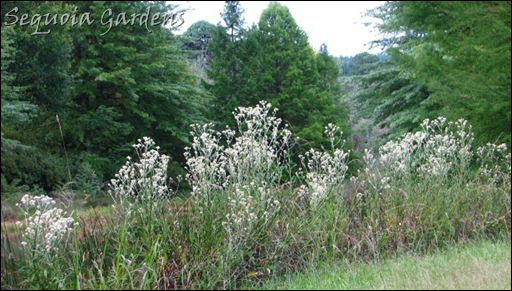
One of many different Helichrysums (everlastings) that grow for us, I associate the tall, elegant, ghostly outline of H. mundtii with arriving on the farm at night from Johannesburg, and thinking as they loom up in the headlights that late summer has arrived.
They really are colourless, their grey felty texture against the neutral backdrop of the water – a position they chose themselves – being by far the most effective way to view them.
Another waterside plant is Kniphofia triangularis. This plant was moved from across the stream which feeds the dam into the Cottage Garden. It is slighter and more herbaceous than the typical South African choice, K. uvaria.
Possibly our most noticeable wild flower, Hypericum revolutum can grow into a leggy, woody shrub of over 3m, but is easy to keep to proportions that work better in the garden. It flowers on and off for many months.
We’ll ask the ferns to modulate to a quieter theme. I have never got to grips with identifying the various ferns. There are thousands, and everything seems to happen in intermediates. Here they grow on a shady bank, a meter high road cutting.
Conostomium natalense is one of those wild plants that don’t quite make it into the garden; the flowers are just a little too small (about 5mm or 1/5in across), borne erratically, and the plant too insubstantial to make a statement. However one constantly notices it during its long flowering season in the wild parts of the garden, where it enjoys growing on the edge of paths up against grasses and other plants.
Smaller still is this flower, each perhaps 3mm across and borne in panicles which are quite dense around the new year, but by now are spaced out. It is one of those delightful plants which once noticed are worth taking a close look at. I think it is a Pentanisia species – but don’t quote me!
Growing close by is an even better example of a little flower I only really came to appreciate once I had photographed it in macro. It is, I am pretty certain, Nemesia albiflora and the flowers are so tiny that unless you stoop to study them, the blue veining is quite invisible.
I have yet to do justice with my camera to Rabdosia calycina. Of the mint family, the flowers are barely 1mm across, covered in minute hairs and with a bubbly texture as though one is aware of each cell that forms the flower. It is the ultimate look-closer flower!
There are many Senecias that flower from late summer through winter – some are substantial creepers, others are weedy herbs. This one, S. decurrens, always looks lovely against the water of the dam below the stone cottage – also known as The House that Jack Built.
Rumex sagittatus or creeping sorrel is another harbinger of autumn. It drapes itself across other plants, usually elegantly but sometimes thuggishly, and its chartreuse flowers quickly fade to papery reddish clusters that look more like seeds than flowers.
I’ve kept this for last, in the hope that inspiration will strike. I’ve searched through all my books, some twice. I thought I knew this flower, was surprised in fact that it didn’t feature in each of them. But nada. Its clusters of powder blue flowers are about 20mm or nearly an inch across, and it likes to thread through other plants near water, so that the flower panicles are spaced wide enough apart for the whole plant to make for a rather featureless photo. I suspect it is of the mint family, but will have to fetch a peace for closer scrutiny. I did not think, photographing it on Sunday afternoon, that identification might be a problem. Any ideas?
Later: “suspect it is of the mint family“… Well if only I’d picked a sprig then to examine… it is the source of the ubiquitous mint smell which you so often get having brushed through the undergrowth. I tasted it – like spearmint. I came back to my books and looked up Mentha… It is M.aquatica, flowering only in Feb-March, but a constant presence. How come I’d never made the connection? And then of course there is that marvellous source of confirmation -a Google Image search… so Mentha.aquatica it is!

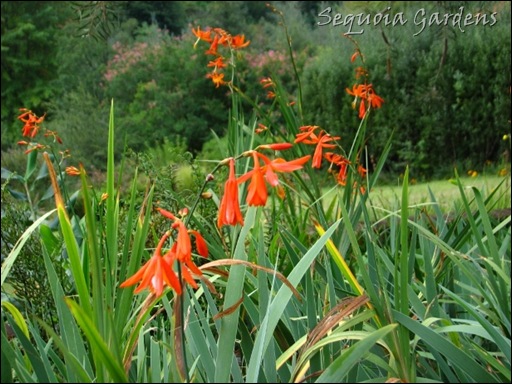
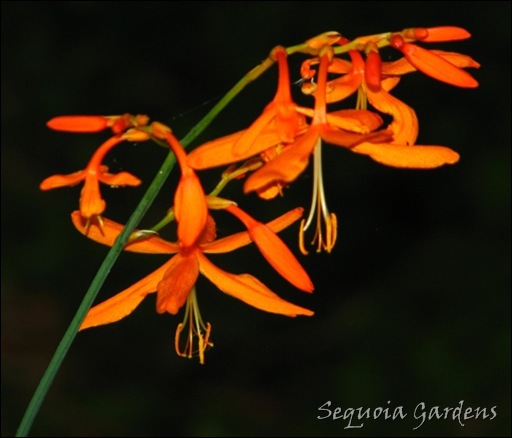
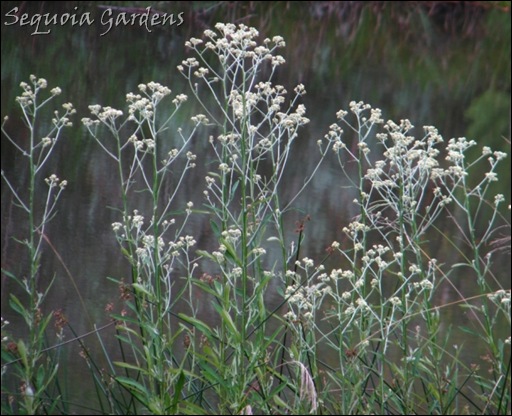
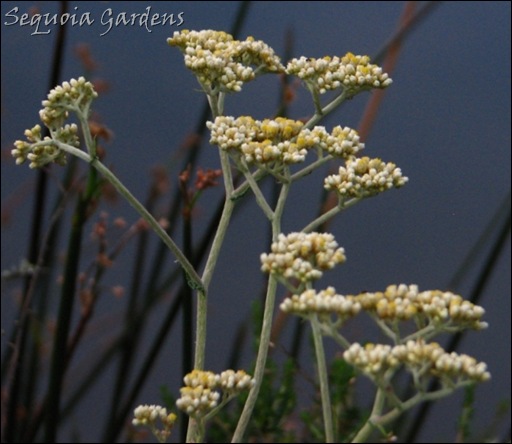
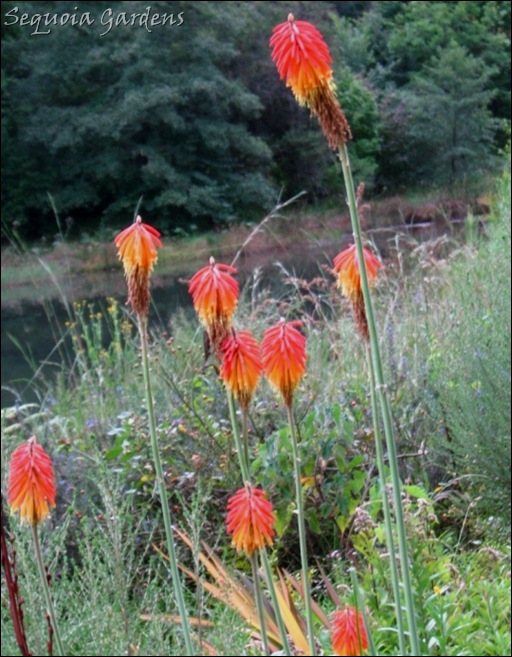
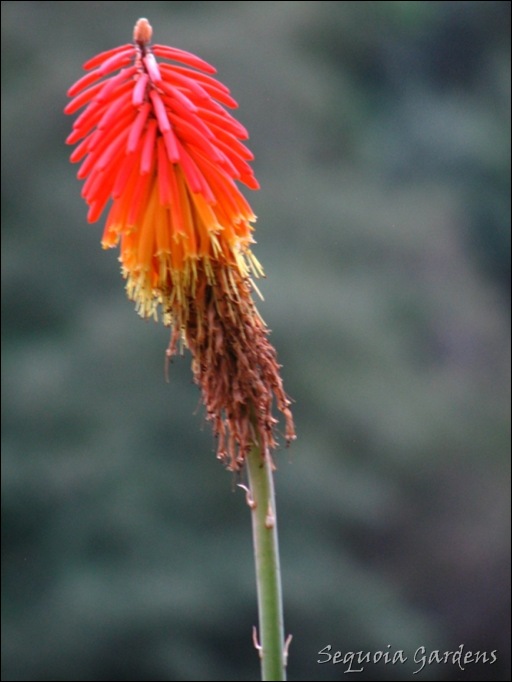
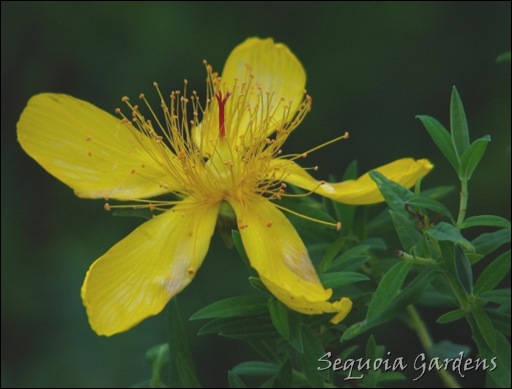
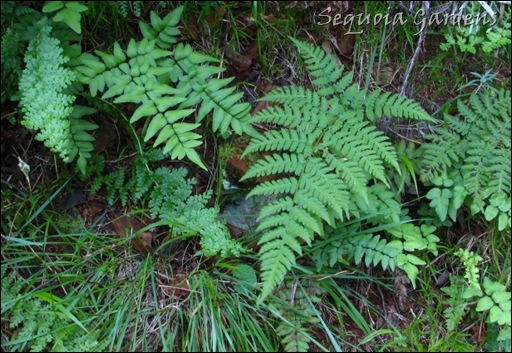
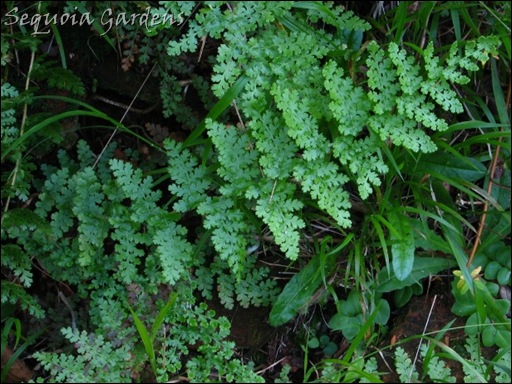
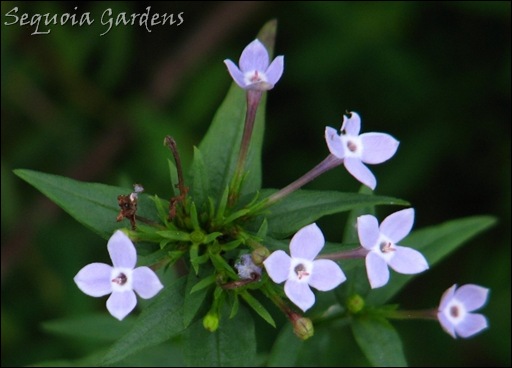
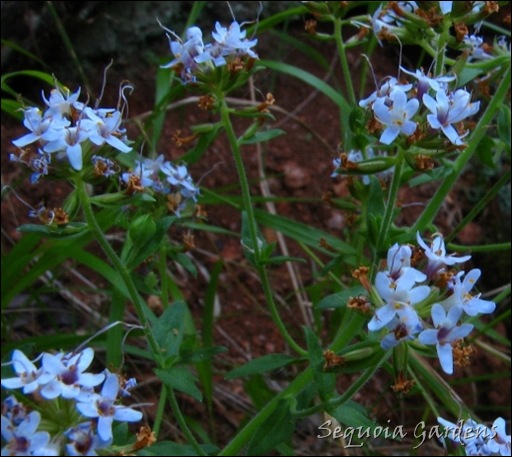
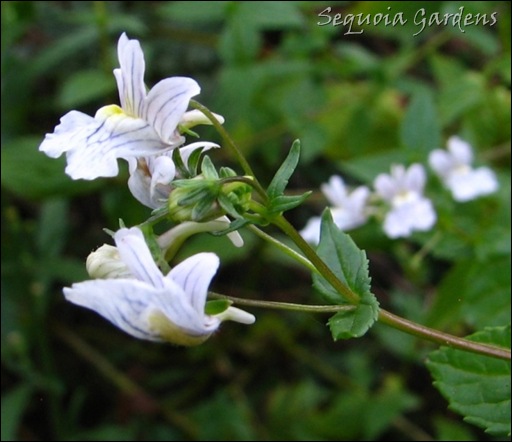
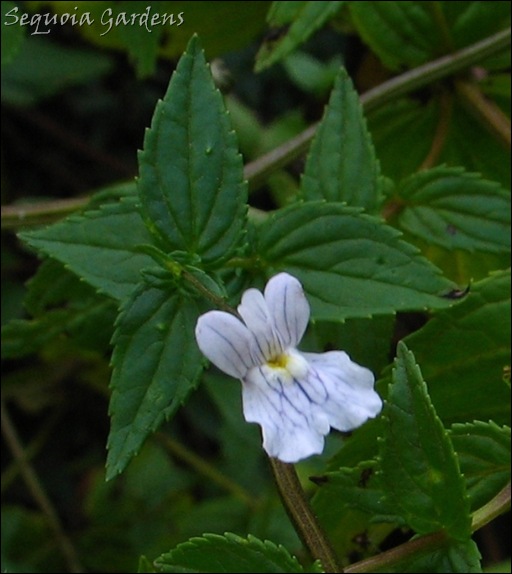
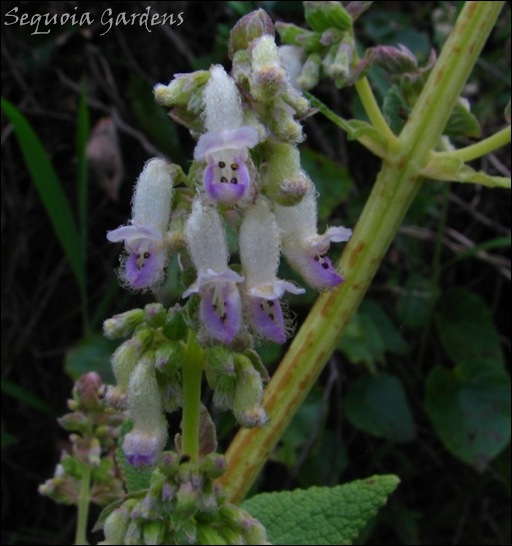
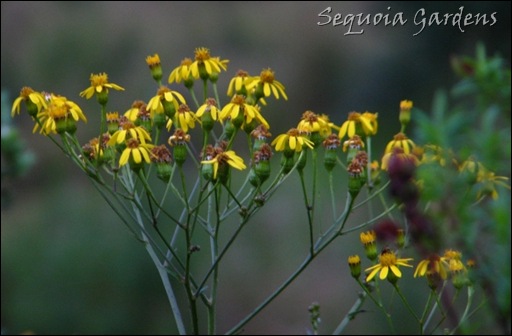
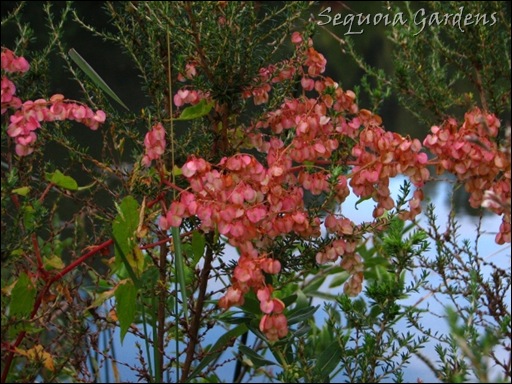
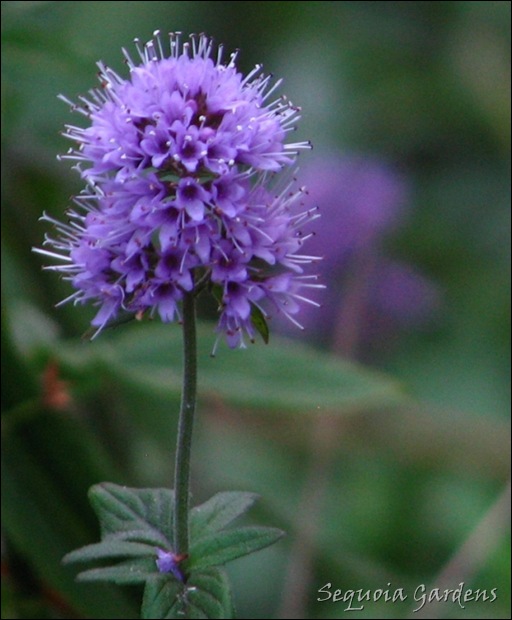
We HAD at last four buds on our Kniphofia. Then the heatwave struck. Four well baked would have been flowers. Hmm. Well there’s always next year …
I believe the heat was fearsome! And I suppose you are far enough inland that the chance of really destructive hail exists for you? I’ll never forget watching a beautiful garden in Pretoria smashed to bits in seconds. What really amazed me was that six weeks later there was little sign of the damage. But I once saw an entire grape crop destroyed in the south of France. What had been rows of green vines ripening earlier that day, now looked like recently pruned winter vines… six weeks do nothing to that loss…
We’re looking forward to kniphofia and croscosmia in the coming months, once spring warms to summer. I can hardly wait to see them.
Now now, Jean: live for the moment! 😉